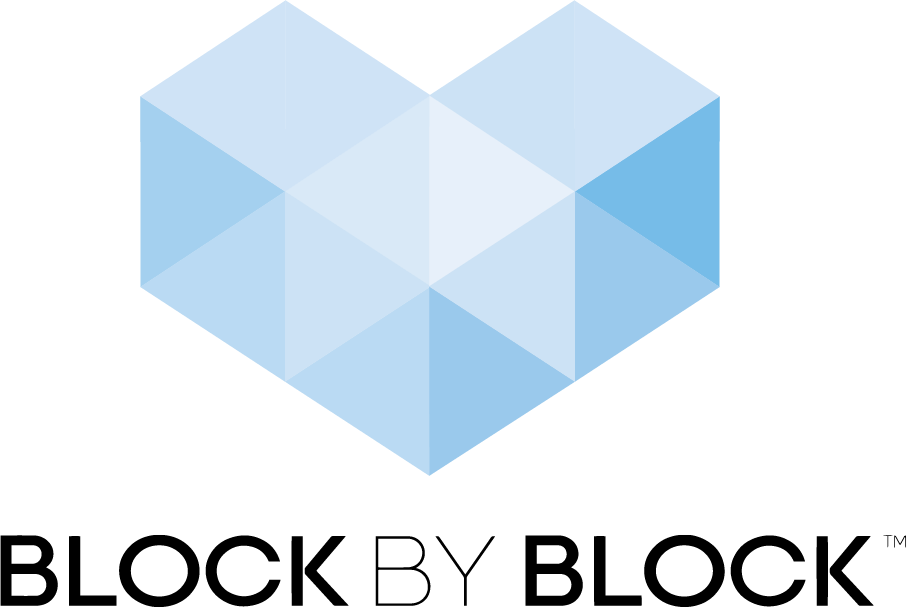Co-Designing Safe Spaces for Girls in Kibera
Co-Designing Safe Spaces for Girls in Kibera
Block by Block partnered with UN-Habitat to empower students to redesign their school rooftop at the Kibera School for Girls.
Co-designing Safe Spaces for Girls in Kibera
Nairobi, Kenya
Project types: Rooftop
Collaborators: UN-Habitat, SHOFCO (Shining Hope for Communities), The Chapin School
Tags: accessibility, children and youth, education and schools, empowering women and girls, sports and recreation
Background
Kibera, located in Nairobi, Kenya, is one of the largest informal settlements in Africa and faces significant challenges including limited access to clean water, sanitation, and public spaces. Cramped living conditions leave little room for safe learning and recreational areas, particularly affecting young girls who face additional safety concerns. According to research conducted in Kibera, only 25% of girls report feeling safe in places near their home or school, compared to 58% of boys.
Kibera informal settlements © SHOFCO
The SHOFCO School for Girls in Kibera provides education and empowerment opportunities for girls in the community, but even within this safe environment, the rooftop space presented challenges. While the rooftop offered space for play, relaxation, and urban agriculture, students were exposed to extreme heat and hard surfaces resulting in injuries. Play equipment frequently fell to lower levels, there was insufficient seating space, and it was frequently crowded.
Building Empowerment, Block by Block
The project used the Block by Block Methodology to engage students as the primary designers of their own space. The process began with a virtual Training of Trainers session involving 8 tutors from The Chapin School, Kibera School for Girls, and Mathare School for Girls, building capacity for facilitating student-led design sessions.
The heart of the project was a Minecraft workshop that brought together 20 students aged 10-16 from the three schools. Guided by UN-Habitat facilitators and trained tutors, the students identified specific challenges they faced in using the rooftop and collaboratively explored design solutions through digital modeling.
Minecraft model of the Kibera School for Girls rooftop
The student-centered approach ensured that the final design recommendations would address real user needs while building confidence and design thinking skills among the participants. By positioning girls as the experts on their own space, the project reinforced SHOFCO's mission of empowering young women to contribute effectively to their communities.
Progress
Through the collaborative design process, students developed comprehensive solutions addressing their identified challenges. Their proposals included shade structures to protect from extreme sun exposure, age-specific playgrounds and sports areas to reduce conflicts between different classes, seating areas for both teachers and students, storage facilities to prevent equipment from falling, and raised fences to improve safety and functionality.
The co-design methodology successfully engaged students as active participants in reimagining their environment. The process not only generated practical design solutions but also built valuable skills in problem-solving, collaboration, and spatial thinking among the young participants. The project demonstrates how empowering girls to lead design processes can create solutions that truly serve their needs while building confidence and leadership skills.
The initiative contributes to advancing Sustainable Development Goal 11 by creating safer, more inclusive public spaces in underserved areas, while showing how community-driven design can address the specific safety and accessibility challenges faced by girls in informal settlements.
More Resources
Empowering young girls through codesign activities in Kibera






